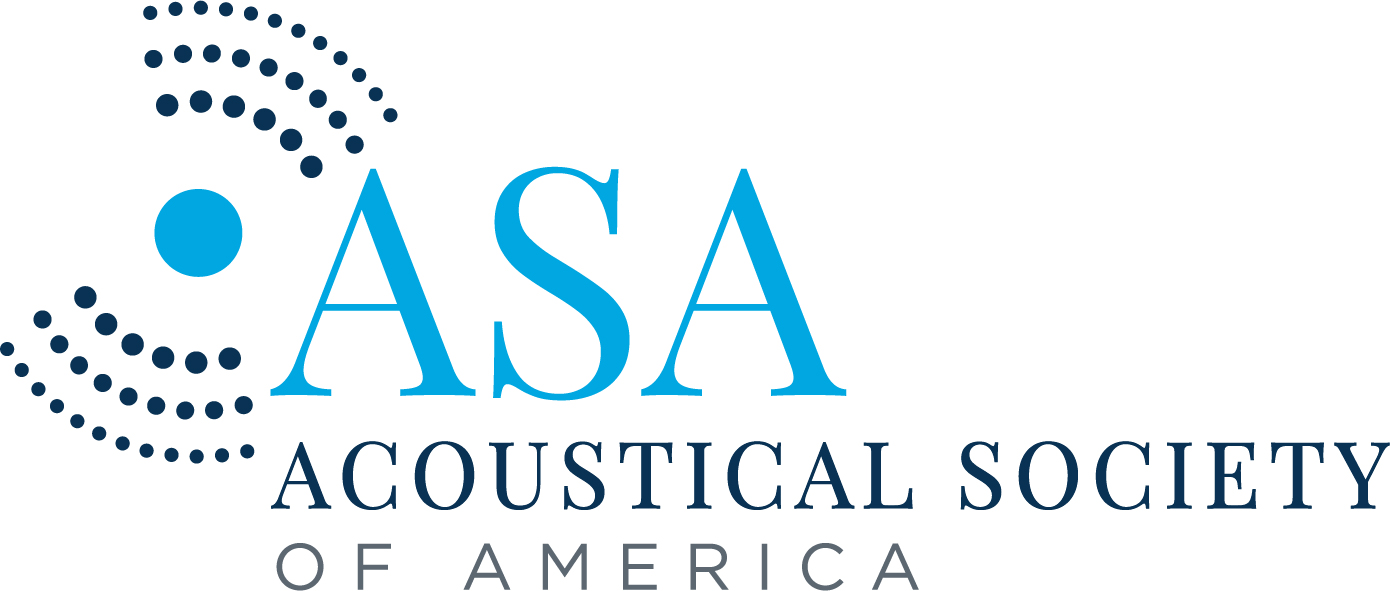Beyond Necessity, Hearing Aids Bring Enjoyment Through Music #ASA184
Beyond Necessity, Hearing Aids Bring Enjoyment Through Music #ASA184
Hearing aids aren’t particularly good at preserving the sound quality of music – but some manufacturers do better than others.
Media Contact:
Ashley Piccone
AIP Media
301-209-3090
media@aip.org
CHICAGO, May 8, 2023 – For decades, hearing aids have been focused on improving communication by separating speech from background noise. While the technology has made strides in terms of speech, it is still subpar when it comes to music.

Over the years, hearing aids have improved in terms of speech. But they are still subpar when it comes to music. Credit: Emily Sandgren
In their talk, “Evaluating the efficacy of music programs in hearing aids,” Emily Sandgren and Joshua Alexander of Purdue University will describe experiments to determine the best hearing aids for listening to music. The presentation will take place Monday, May 8, at 11:45 a.m. Eastern U.S. in the Indiana/Iowa room, as part of the 184th Meeting of the Acoustical Society of America running May 8-12 at the Chicago Marriott Downtown Magnificent Mile Hotel.
“Americans listen to music for more than two hours a day on average, and music can be related to mental and emotional health. But research over the past two decades has shown that hearing aid users are dissatisfied with the sound quality of music when using their hearing aids,” said Sandgren. “People with hearing loss deserve both ease of communication and to maintain quality of life by enjoying sources of entertainment like music.”
In response to this problem, hearing aid manufacturers have designed music programs for their devices. To test and compare each of these programs, Sandgren and Alexander took over 200 recordings of music samples as processed by hearing aids from seven popular manufacturers.
They asked study participants to rate the sound quality of these recordings and found that the hearing aids had lower ratings for music than their control stimuli. The researchers found bigger differences in music quality between hearing aid brands than between speech and music programs, with two manufacturers standing out among the rest.
The team is still trying to determine the causes behind these differences.
“One contributing factor is how hearing aids adapt to loud, sudden sounds,” said Sandgren. “When you’re listening to a conversation, if a door slams behind you, you don’t want that door slam to be amplified very much. But with music, there are loud sudden sounds that we do want to hear, like percussion instruments.”
Distortion may be one of the biggest problems. Unlike speech, music often has intense low-frequency harmonics.
“Our analyses suggest that brands rated highest in music quality processed the intense ultralow frequency peaks with less distortion than those rated lowest in music quality,” said Alexander.
This work will improve future technology and help audiologists select the best current hearing aids for their patients.
———————– MORE MEETING INFORMATION ———————–
Main meeting website: https://acousticalsociety.org/asa-meetings/
Technical program: https://eppro02.ativ.me/web/planner.php?id=ASASPRING23&proof=true
ASA PRESS ROOM
In the coming weeks, ASA’s Press Room will be updated with newsworthy stories and the press conference schedule at https://acoustics.org/asa-press-room/.
LAY LANGUAGE PAPERS
ASA will also share dozens of lay language papers about topics covered at the conference. Lay language papers are 300 to 500 word summaries of presentations written by scientists for a general audience. They will be accompanied by photos, audio, and video. Learn more at https://acoustics.org/lay-language-papers/.
PRESS REGISTRATION
ASA will grant free registration to credentialed and professional freelance journalists. If you are a reporter and would like to attend the meeting or virtual press conferences, contact AIP Media Services at media@aip.org. For urgent requests, AIP staff can also help with setting up interviews and obtaining images, sound clips, or background information.
ABOUT THE ACOUSTICAL SOCIETY OF AMERICA
The Acoustical Society of America (ASA) is the premier international scientific society in acoustics devoted to the science and technology of sound. Its 7,000 members worldwide represent a broad spectrum of the study of acoustics. ASA publications include The Journal of the Acoustical Society of America (the world’s leading journal on acoustics), JASA Express Letters, Proceedings of Meetings on Acoustics, Acoustics Today magazine, books, and standards on acoustics. The society also holds two major scientific meetings each year. See https://acousticalsociety.org/.


 Accelerating this convergence between medical and consumer hearing technologies is the recently passed congressional bill that mandates the creation of a new over-the-counter hearing aid that consumers can purchase in a store and fit their own prescription. E-health technologies already exist that allow a consumer to measure their own hearing loss and apply clinically-validated prescriptions to their hearable devices. This technology development will explode once over-the-counter hearing aids are a reality.
Accelerating this convergence between medical and consumer hearing technologies is the recently passed congressional bill that mandates the creation of a new over-the-counter hearing aid that consumers can purchase in a store and fit their own prescription. E-health technologies already exist that allow a consumer to measure their own hearing loss and apply clinically-validated prescriptions to their hearable devices. This technology development will explode once over-the-counter hearing aids are a reality.